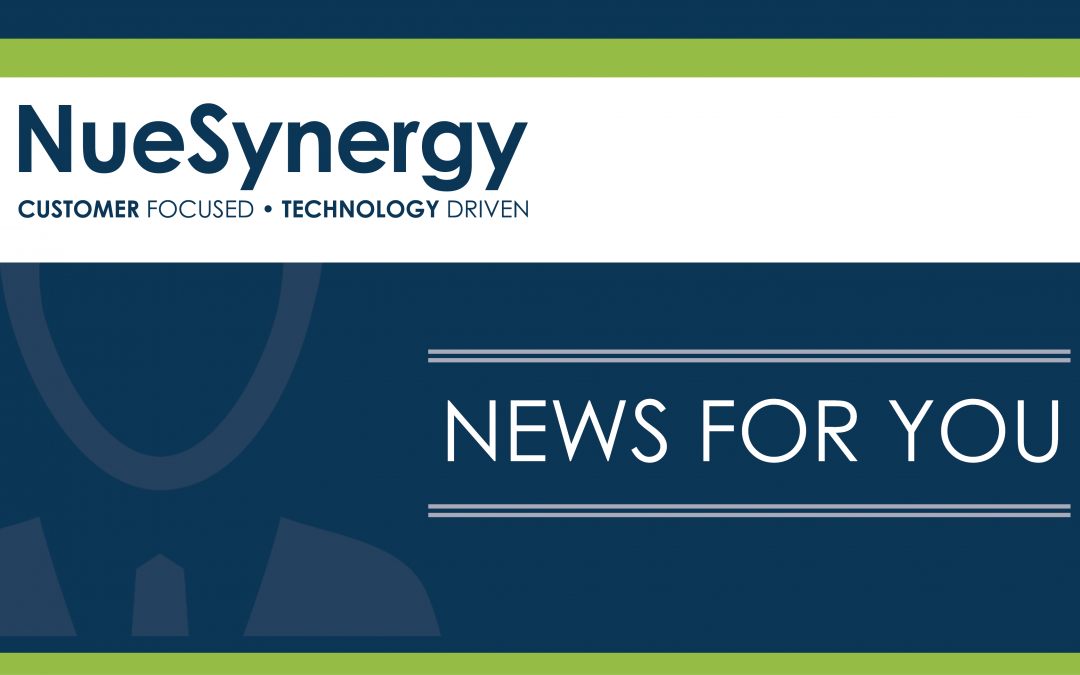
Adoption Assistance Flexible Spending Account
Your contribution limit is $13,460 for the 2016 tax year for each adoption. An adoption can be domestic (in the U.S.) or foreign (in another country).
Eligible Expenses
Adoption agency fees
Children under age 18
Person who is physically or mentally incapable of self-care
Special needs child
Court costs
Attorney fees
Travel expenses, including meals and lodging, while away from home
Home study and application fees
Agency fees
Medical services and counseling
Note: You must also report these expenses as part of your income tax filing.
Ineligible Expenses
Surrogate parent fees
Fees to adopt a stepchild
Fees for legal guardianship
Fees that have been reimbursed from any other source*
Fees or expenses that violate state or federal law
Getting reimbursed
NueSynergy allows for multiple methods of reimbursement. You can submit claims online through www.NueSynergy.com, through your NueSynergy mobile app, or manually by mail, fax, or email. Be sure to include a copy of the adoption agency bill or detailed court document with each reimbursement request.
Frequently Asked Questions
What is a Special Needs Child?
A special needs child must be a U.S. citizen or resident and must be certified by the state of his or her residence to meet its definition of a special needs child.
How does the Adoption Assistance FSA impact my right to take the adoption expense tax credit on my tax return?
You may be able to take both but we advise you to speak with your own tax advisor directly about this before making a final tax determination.
If I elect the Adoption Assistance FSA now, are any of my expenses from prior years eligible for reimbursement?
No. You can only claim expenses that you have in the year that you have the FSA.
What happens if I enroll in an Adoption Assistance FSA and the adoption falls through?
If the adoption was cancelled, you can stop your election. This means that you can stop any more payroll contributions into the FSA. You can’t get a refund of any money left in your FSA. You would forfeit that money because of the FSA “use-it-or-lose-it” rule.
What happens if I overestimate my adoption expenses and have money left in my FSA at the end of the plan year?
The FSA “use-it-or-lose-it” rule applies. This means that you would forfeit any money left in your FSA.
Is there an income limit for the Adoption Assistance FSA?
Yes. It’s based on your modified adjusted gross income (MAGI). For 2016, if your MAGI was more than $201,920 then you will not be able to contribute the full $13,460 to the FSA. If your MAGI was more than $241,920, then you can’t use the FSA.
When will I have access to my Adoption Assistance FSA funds to reimburse claims?
The only funds available to reimburse adoption claims are funds that already have been withheld from your pay based on your adoption assistance benefit election and that have not already been used to reimburse adoption expenses. If you were to submit a claim for more than the amount then credited to your adoption account, you immediately would receive your adoption assistance account balance and then, as additional money was withheld from you pay for adoption benefits and sent to NueSynergy, it would be sent right back to you as additional benefit payments until the claim was fully paid.
Questions?
Call Customer Service at 855.890.7239 or email at customerservice@nuesynergy.com
Note: We urge you to talk to your tax advisor. He or she can help you understand your eligibility for the FSA and the tax credit. You can read the instructions for IRS Form 8839. This form is for Qualified Adoption Expenses. You can also read Publication 15-B. Go to www.irs.gov.







